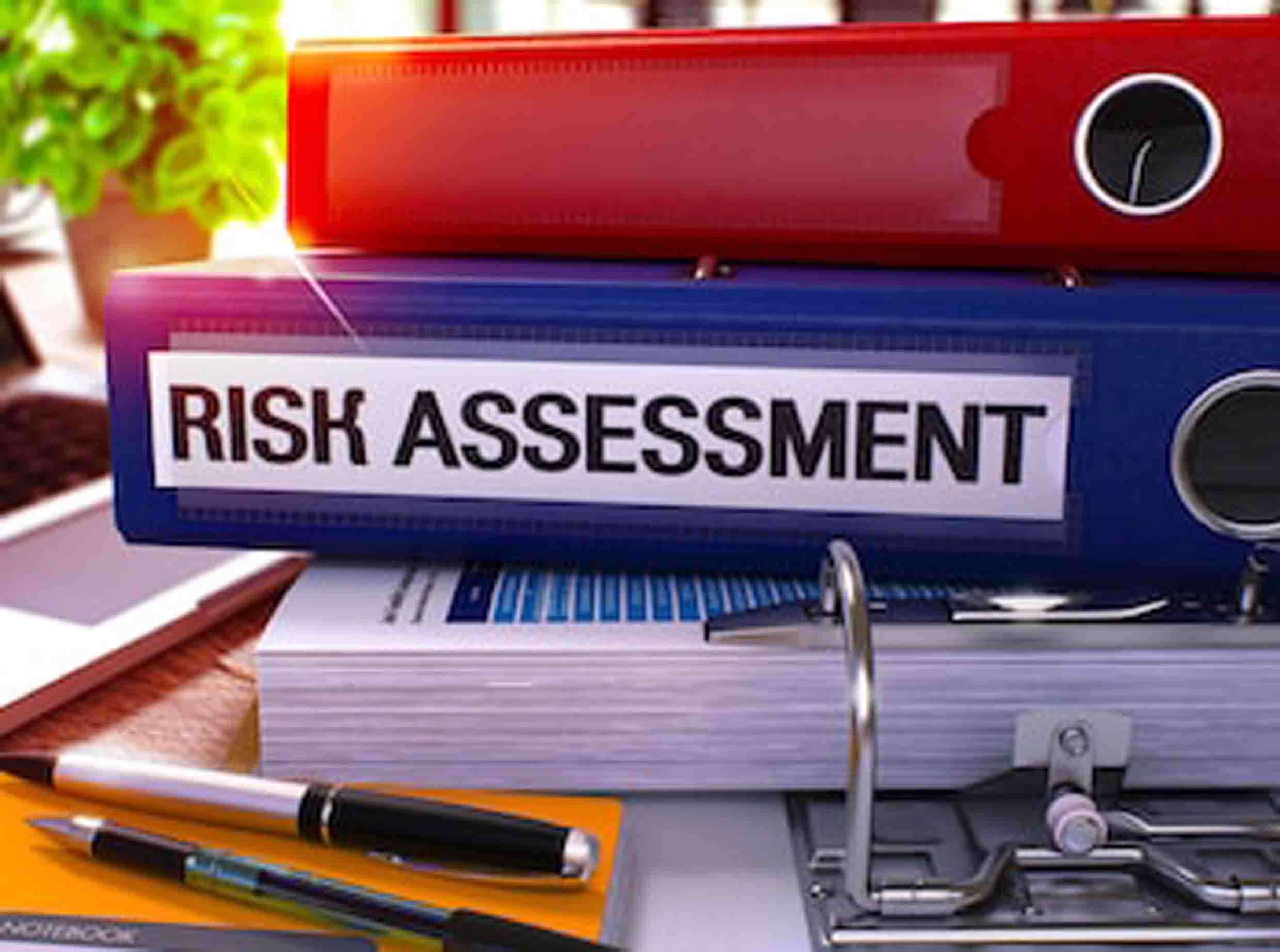Risk Assessment according to the amended OHS Act
According to the Amended Occupational Health and Safety Act section 29, an inspector may, without previous notice, enter any premises which is occupied and used by an employer to perform work. Further, the inspector may request documentation that relates to the health and safety of a company such as a Risk Assessment Plan.

This document is very important to the inspector because it should explain all the risks associated with the work environment and a contingency plan which clearly states how the organization keeps employees safe.
Risk Assessment is one of the key areas that has changed with the amended OHS Act with the most important factors being described as conducting a workplace specific risk assessment and thereafter developing and implementing a risk management plan in writing, in respect to every risk that is identified. This assessment should be conducted by a person who is competent to identify all the risks associated with the organization. This risk assessment should always be made available when requested by an inspector.
What is Risk Assessment?
According to the Labour Guide (https://www.labourguide.co.za/), the primary objective of risk management is to assist the organisation to address any foreseeable health and safety risks. Further, they explain that focus should be placed on the process that needs to be followed to control the effect of the identified hazard.
Risk management includes that all practises, standards and procedures be reviewed on a regular bases. All existing management systems effectiveness should also be reviewed, so that it can be determined if there is any improvement needed. The progress of risk management should always involve to be monitored closely so that no details slips through the cracks.
Why do you need a Risk Assessment document?
A Risk Assessment Document is created to describe all the possible risks that may threaten the health and safety of your employees. It's used to help you understand what may be possible hazards to your employees and why they are hazards. Once you understand the "Why" you can then easily manage the risks associated with your work environment. It's important to include all risks, however big or small.
This document should explain the method of assessment used to identify these hazards as well as the indentified steps that will be used to remove, reduce or control these hazards. The detail in which you describe the risk within this document depends on the complexity of the operations and the severity of the hazard to employees.
Why is your Risk Assessment Document important to an inspector?
Your Risk Assessment Document will tell an inspector everything he/she needs to know about your business. It will show whether you understand your responsibility as an employer and how well you care for your employees. It will also show that you have a plan in place if anything happens within your organization.
If you don't have an up-to-date Risk Assessment Document in place, you may face serious consequences which may lead to unwanted financial costs that will have a negative impact on your overall working of your organization. By looking after your risk, you look after your business. The Act has been amended and implemented to protect employees and if there is any indication that you are putting your employees at risk, it will be taken very seriously by the inspector and will lead to prosecution.
Ensure that your organization is protected and complying with the right standards by having a reviewed Risk Assessment Document in place.
Posted date: 18th Jul 2018
Latest News - Security Industry - Educational Services Industry - Food Drinks and Tobacco Industry - Wood and Upholstery Industry - Printing and Paper Industry - Chemical Rubber Oil and Paint Industry - Iron Steel Artificial Limbs Galvanizing Garages and Metals Industry - Trade and Commerce Industry - Banking and Insurance Industry - Airline Aviation Industry - Road Transport Hauliers Industry - Entertainment and Sport Industry - Professional Services Hospitality Industry - Charitable Religion Political and Trade Organisations Industry - Glass Brick Tiles and Concrete Industry 



Comments (2)
Very interesting topic well explained
2018-11-20 13:25:15Very interesting module, i enjoyed and well until understood, still in the process, not yet completed the course.
2025-01-28 17:06:59